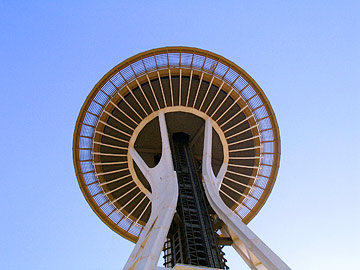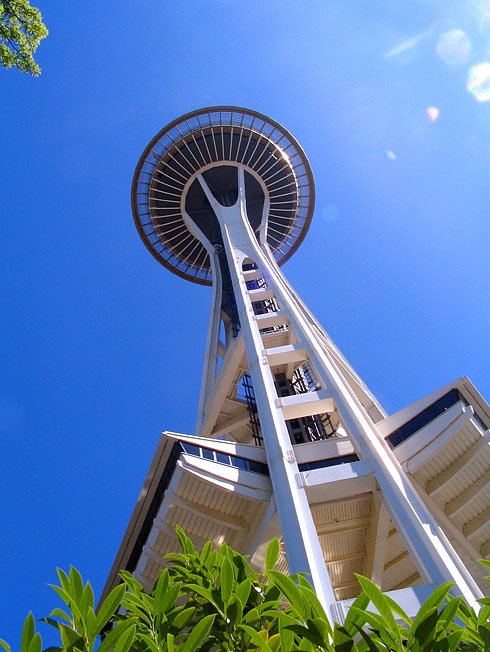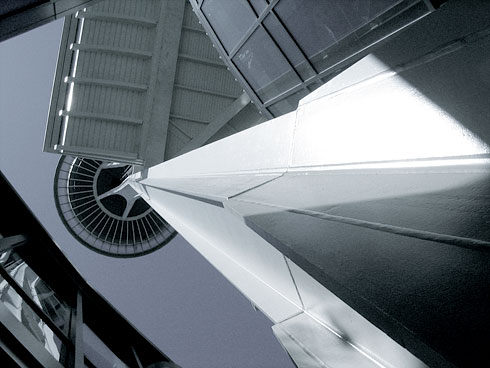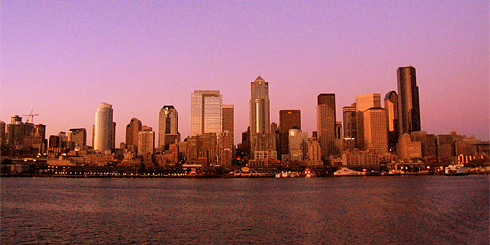If you watch the navigation bar on this site like a hawk, you’ve probably noticed that the “Byteful Video” tab has been replaced by a “Byteful Shop” tab.
The Byteful Shop is a pretty big deal, but I didn’t want it to crowd the existing layout of the site. So instead of adding yet another button to the navigation bar of the site, I decided to keep things clean and move the Byteful Video page off of the main navigation bar altogether. So on the rare chance that you find yourself wanting to go to that page, it can now be accessed from the main Archives page, or from the “Videos” category in the category menu in the sidebar.
But let’s get to the point.
What’s the Byteful Shop all about? Why is it important?
Hand-Picked Recommendations
The Byteful Shop is a valuable collection of time-tested products that I’ve hand-picked for you all. It includes all the products I’ve ever recommended on Byteful Travel thus far, as well as some excellent new additions. None of the items have been added by any computer program, and rest assured no outside interest (or gelatinous cube) forced me to add any particular product. Each item basically represents me saying either “Hey, I highly recommend you look into this.” or “This seriously rocks.”
And by using the Byteful Shop, a small portion of your purchase goes to supporting Byteful Travel which allows me to continue to provide all of the articles, high-resolution photography, and videos to you completely free of charge. And isn’t free awesome? Let’s keep it that way.
What makes Byteful Shop special?
 The Byteful Shop is an “aStore”, which is basically a special Amazon.com store that’s really easy to setup and customize. It’s a free service provided by Amazon that allows Amazon Associates to create their own custom stores, and it’s absurdly easy to setup and use.
The Byteful Shop is an “aStore”, which is basically a special Amazon.com store that’s really easy to setup and customize. It’s a free service provided by Amazon that allows Amazon Associates to create their own custom stores, and it’s absurdly easy to setup and use.
If you have a site of your own and you’re interested, instructions on how to join Amazon Associates for free is at their Affiliate Program page, and once you’ve signed up just click on the “aStore” tab on the top. (And you can use your existing Amazon account to sign up for Amazon Associates.) Did I mention how absurdly easy it is to create one?
The great thing about creating an aStore is that you can create separate sections to your shop, which is exactly what I’ve done. I’ve spent a good deal of time over the past few days creating, tweaking, writing mini-reviews, and optimizing each of the four sections of the shop. Currently they are:
UPDATE: After about 6 years, Amazon has since discontinued the Astore feature. If you want to know what I travel with, your best bet is my latest article: My Transparent Travel Inventory
Remember, each product is hand-picked by me; and although I’ve recommended products and books in the past, this is the first time I’m presenting my complete list of Life-Changing books. It’s not easy for a book to make it into my “Life-Changing books” list, which is why only 8 are currently in that section of the shop.
And in the “What I Bring on Every Trip” section of the store, I’ve taken time to write a personalized description under each of the items in that section to explain why I recommend them so highly. This section represents a lot of experimentation as well as personal trial and error.
A Disclaimer of Transparency
To be perfectly clear, none of these products have been given to me as part of a promotion. I believe in being transparent about promotion, so if any were given to me, I would have put a note in the item’s description. And if, in the future, I review any products or add any products that were given to me free of charge, I will be sure to disclose that, as well.
Thanks again for your support!
I created this shop for three main reasons: to give you all a better idea of what I personally use when travelling, to expose you to some amazing books that have changed my life forever, and to make it easier for you to support Byteful Travel going forward. I’ve put a lot of time into creating and designing this stop, and if there’s anything I can do to make it more useful to you, I’m open to suggestions in the comments.
As I’ve said before, a small percentage of any purchase you make in the Byteful Shop goes directly to supporting Byteful Travel and allows me to continue to give away all of the articles, high-resolution photography, and videos free of charge. So once again, thank you for your support!






